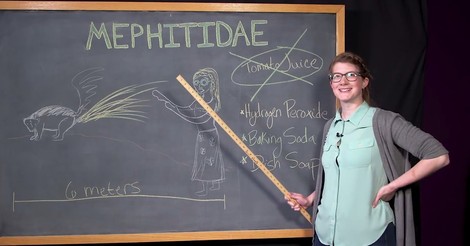Your podcast discovery platform
Curious minds select the most fascinating podcasts from around the world. Discover hand-piqd audio recommendations on your favorite topics.

piqer for: Global finds Health and Sanity Doing Good
Bangalore-based Rashmi Vasudeva's journalism has appeared in many Indian and international publications over the past decade. A features writer with over nine years of experience heading a health and fitness supplement in a mainstream Indian newspaper, her niche areas include health, wellness, fitness, food, nutrition and Indian classical Arts.
Her articles have appeared in various publications including Mint-Wall Street Journal, The Hindu, Deccan Herald (mainstream South Indian newspaper), Smart Life (Health magazine from the Malayala Manorama Group of publications), YourStory (India's media technology platform for entrepreneurs), Avantika (a noir arts and theatre magazine), ZDF (a German public broadcasting company) and others.
In 2006, she was awarded the British Print-Chevening scholarship to pursue a short-term course in new-age journalism at the University of Westminster, U.K. With a double Masters in Globalisation and Media Studies from Aarhus Universitet (Denmark), University of Amsterdam and Swansea University in Wales, U.K., she has also dabbled in academics, travel writing and socio-cultural studies. Mother to a frisky toddler, she hums 'wheels on the bus' while working and keeps a beady eye on the aforementioned toddler's antics.
Women In Science Communication: Can We Look Beyond Boobs, Please?
You are a woman. You follow science. You think of making science-communication videos on YouTube. You make them. People watch them, in droves, and the comments sections are full of discussions.
About your boobs.
Two researchers from the Australian National University published a paper last week in the journal Public Understanding of Science on how women in science (in the 21st century, no less) still face hostility on YouTube. The researchers studied over 23,000 comments on science-related YouTube videos and concluded that not only do women face a tough environment despite drawing in more comments and views than men, they also have to deal with a higher proportion of criticism, and more importantly, remarks about their appearances.
Some sample comments:
“Go back to the kitchen … “
“I was just staring at your bbbooo …”
“You are so ugly …”
You get the drift.
The research assumes more importance because the scientists did not use any automated analysis but instead manually sorted through the comments, painstakingly dividing them into six categories. This means they read them all. One is compelled to believe them when they say the comments for women were “more volatile” and, as researchers, they felt disappointed and empathised with women’s hesitation.
Some numbers to provide perspective:
* 14 per cent of comments for female hosts were critical compared to 6 per cent for male hosts.
* Ratio of comments about appearance — 4.5 per cent for women versus 1.4 per cent for men.
* Comments that were sexist or sexual — 3 per cent of comments for women versus about 0.4 per cent for men.
Research of this sort needs to be brought into the public eye for more reasons than one. It shows our lack of knowledge about how gender, sexuality and ethnicities orient science communication for the public. It also urges us to explore why, even today, environmental and social barriers including gender bias and stereotypes block (and question) women’s participation in STEM fields.
Stay up to date – with a newsletter from your channel on Global finds.
